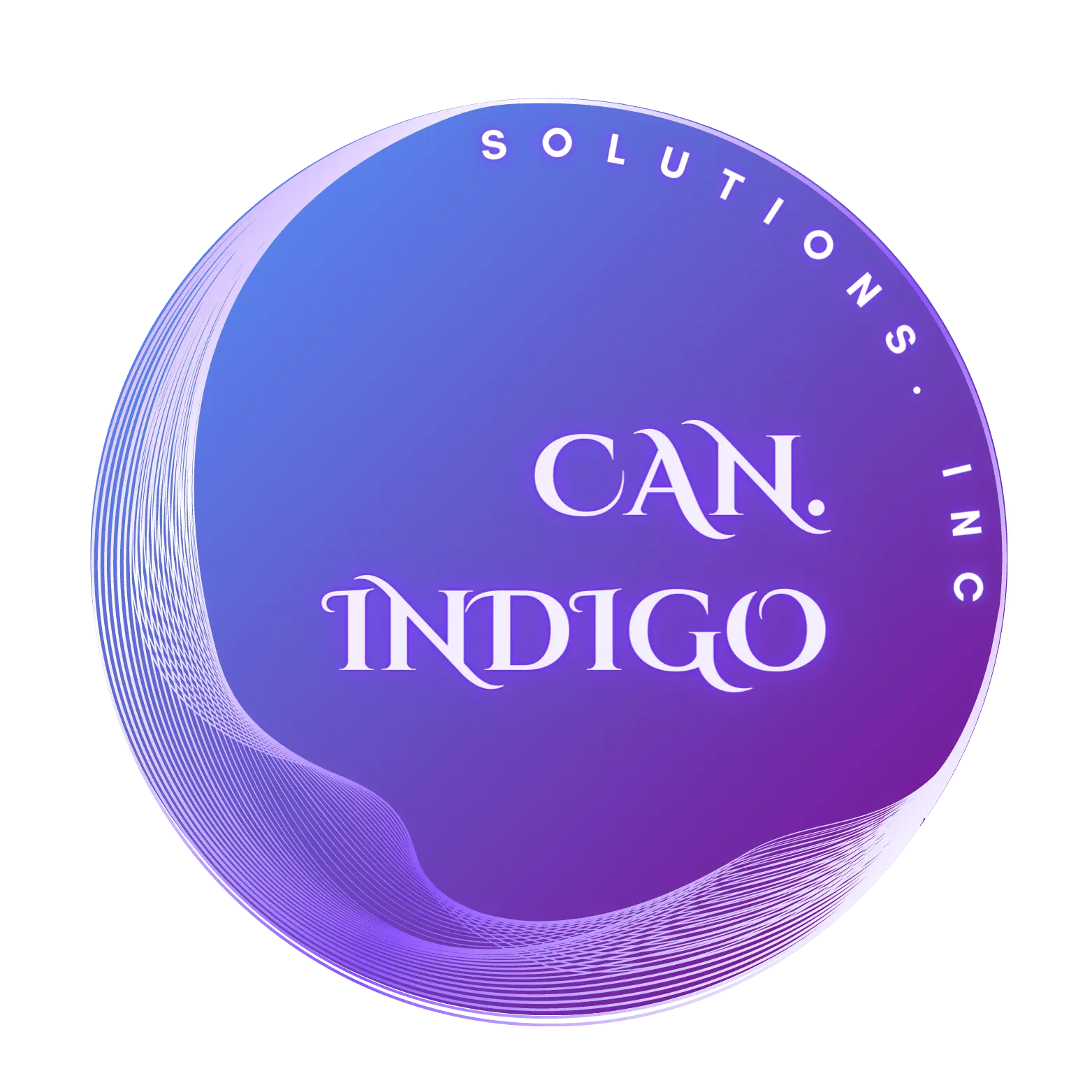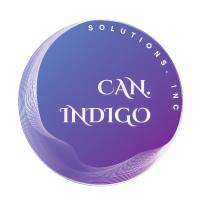In the rapidly changing world of project development, agility is key. The agile approach is a powerful methodology for project development, offering flexibility, faster time-to-market, improved quality, and enhanced collaboration. By embracing agile principles and practices, your team can adapt to changes, deliver value incrementally, and achieve project success in a dynamic environment. This post explores the agile approach, its principles, and how it can transform the way your team delivers projects.
What is Agile?
Agile is a project management methodology that emphasizes flexibility, collaboration, and customer satisfaction. Unlike traditional methods, which follow a linear path, agile involves iterative cycles, allowing teams to adapt to changes and deliver value incrementally
Core Principles of Agile
- Customer Collaboration: Agile prioritizes customer collaboration over contract negotiation. Continuous feedback from customers ensures that the final product meets their needs and expectations.
- Adaptive Planning: Agile embraces adaptive planning, allowing teams to respond to changes in requirements, technology, or market conditions quickly.
- Incremental Delivery: Agile teams deliver work in small, manageable increments. This iterative approach allows for regular feedback and continuous improvement.
- Empowered Teams: Agile promotes self-organizing and cross-functional teams. Empowered teams take ownership of their work, leading to higher motivation and better results.
Benefits of the Agile Approach
- Flexibility: Agile’s iterative cycles and adaptive planning enable teams to pivot and respond to changes without derailing the entire project.
- Faster Time-to-Market: Incremental delivery allows teams to release functional parts of the project early and often, providing value to customers sooner.
- Improved Quality: Regular feedback loops and continuous testing ensure that issues are identified and addressed promptly, leading to higher-quality outcomes.
- Enhanced Collaboration: Agile fosters a collaborative environment where team members work closely with each other and with customers, improving communication and understanding.
Implementing Agile in Your Organization
- Start with Training: Educate your team on agile principles and practices. Training sessions and workshops can help everyone understand the agile mindset and methodologies.
- Choose the Right Framework: There are several agile frameworks, such as Scrum, Kanban, and Lean. Choose the one that best fits your project needs and team dynamics.
- Set Clear Goals: Define clear, achievable goals for each iteration. Use these goals to guide the team’s efforts and measure progress.
- Embrace Continuous Improvement: Agile is not a one-time implementation but a continuous journey. Regularly review and refine your processes to enhance efficiency and effectiveness.





